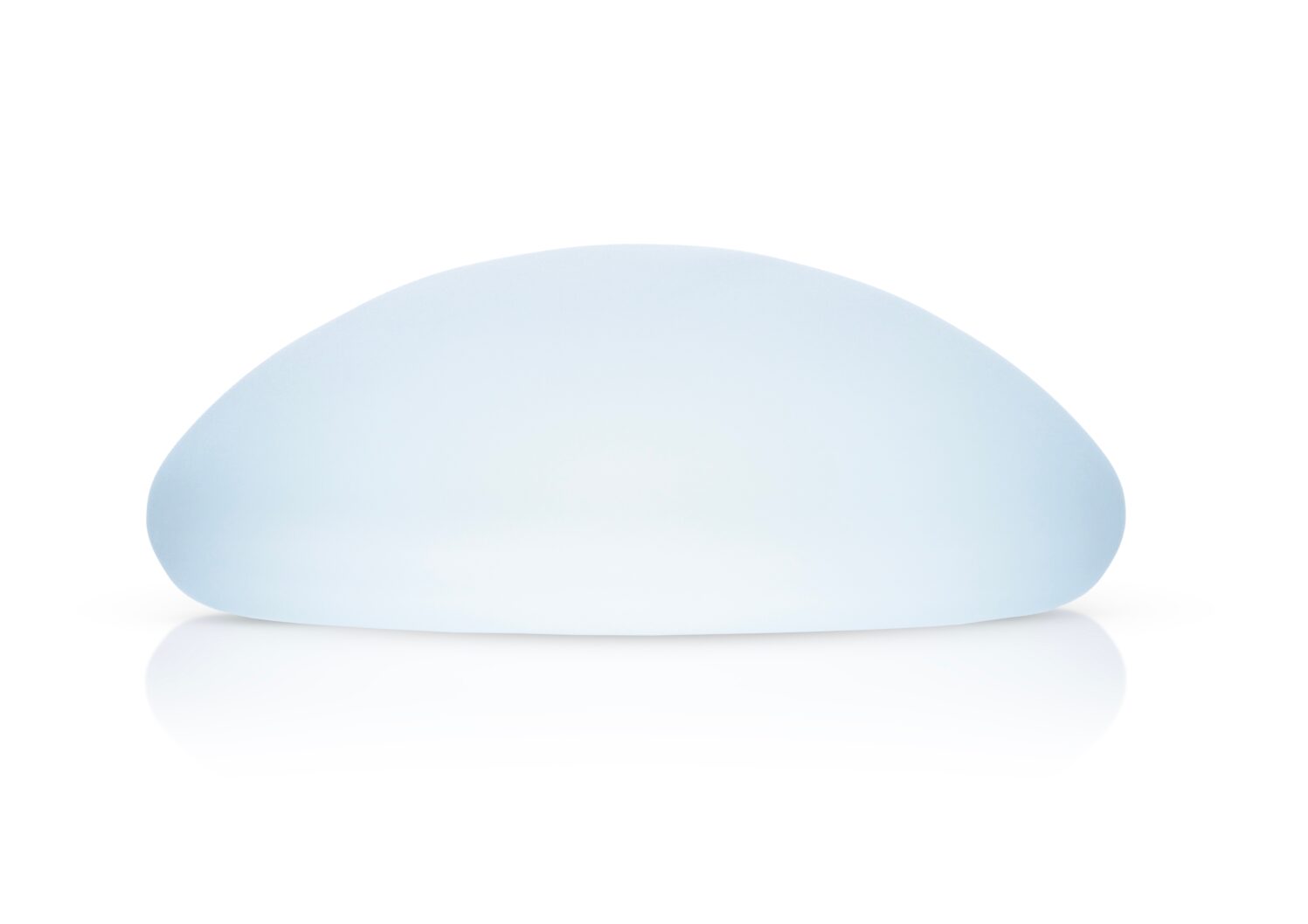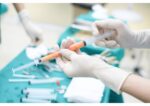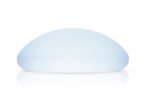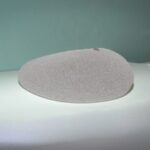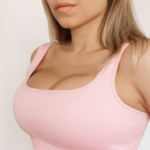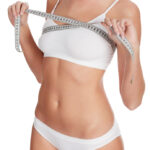Round Breast Implants: The Popular Choice for Full and Symmetrical Enhancement
Introduction
Breast augmentation remains one of the most sought-after cosmetic procedures worldwide, with round breast implantsbeing the most commonly used implant type. Known for their fullness, symmetry, and enhanced upper breast volume, round implants provide a versatile and customizable option for women looking to enhance their breast size and shape.
In this article, we’ll explore the benefits, risks, procedure, and latest research on round breast implants, helping you make an informed decision.
What Are Round Breast Implants?
Round breast implants are symmetrical, circular implants designed to enhance breast volume evenly. They are available in saline or silicone gel and can be either smooth or textured. Unlike teardrop (anatomical) implants, which have a tapered shape, round implants provide a fuller, more augmented look, especially in the upper portion of the breasts.
Types of Round Breast Implants
- Saline Round Implants – Filled with sterile saltwater, these implants provide a firmer feel and are adjustableduring surgery.
- Silicone Round Implants – Filled with cohesive silicone gel, they offer a softer, more natural feel and reduce the risk of rippling.
- Smooth vs. Textured Implants – Smooth implants allow more natural movement, while textured implants help prevent shifting within the breast pocket.
Benefits of Round Breast Implants
- Fuller Upper Breast Volume
Round implants provide maximum fullness in the upper part of the breast, making them a popular choice for women who want a voluminous, lifted appearance.
- No Rotation Concerns
Unlike teardrop implants, round implants are symmetrical, meaning there’s no risk of visible distortion if they rotate within the breast pocket.
- Soft and Natural Feel
High-quality silicone round implants closely mimic the natural texture of breast tissue, providing a realistic look and feel.
- Suitable for Most Body Types
Round implants work well for a wide range of body shapes and sizes, making them a versatile option for breast augmentation.
- Lower Cost Compared to Teardrop Implants
Because round implants are easier to manufacture, they tend to be more affordable than anatomical (teardrop) implants.
Potential Risks and Considerations
- Risk of Rippling
Saline round implants are more prone to visible rippling, particularly in patients with thin breast tissue (Spear et al., 2019).
- Overly Augmented Appearance
While some patients desire a full, round look, others may find that round implants create a less natural appearance compared to teardrop implants.
- Capsular Contracture
As with all implants, there is a risk of capsular contracture, a condition where scar tissue hardens around the implant, causing discomfort and shape distortion (FDA, 2022).
Round vs. Teardrop Breast Implants: Key Differences
| Feature | Round Implants | Teardrop (Anatomical) Implants |
| Shape | Full and symmetrical | Tapered, natural slope |
| Best for | Maximum volume, upper breast fullness | Natural, subtle enhancement |
| Movement Risk | No distortion if rotated | May require correction if rotated |
| Cost | Lower | Higher due to design complexity |
Who Are Round Breast Implants Best For?
Round implants are an excellent choice for:
✅ Women who want a full, lifted look.
✅ Patients with mild breast sagging who want added volume.
✅ Those who prefer a soft, natural feel (especially with silicone implants).
✅ Individuals looking for a more affordable implant option.
The Procedure: What to Expect
- Consultation – A plastic surgeon will help determine the ideal size, material, and placement based on your body type and goals.
- Surgery – The implants are inserted through an inframammary (under-breast), periareola (around nipple), or transaxillary (armpit) incision.
- Recovery – Swelling and discomfort subside within a few weeks, with full results visible after 3–6 months.
Latest Research and Developments
📌 A 2023 study published in the Aesthetic Surgery Journal found that silicone round implants provided greater patient satisfaction and lower revision rates compared to saline implants (Lee et al., 2023).
📌 The FDA (2022) reported that modern round implants with cohesive silicone gel significantly reduce risks like leakage and capsular contracture compared to older models.
📌 Research by the American Society of Plastic Surgeons (ASPS, 2021) highlights that round implants are still the most requested implant type due to their versatility and aesthetic appeal.
Conclusion: Are Round Breast Implants Right for You?
If you’re looking for full, symmetrical breast enhancement with minimal risk of shape distortion, round breast implants are a fantastic choice. They provide a soft, natural feel, work well for most body types, and are cost-effectivecompared to anatomical implants.
For the best results, consult with a plastic surgeon on the GMC specialist register to choose the ideal implant type, size, and placement based on your aesthetic goals.
Frequently Asked Questions (FAQs)
Q: Do round breast implants look natural?
A: Yes! When placed correctly, silicone round implants can create a very natural appearance, especially with moderate projection options.
Q: How long do round breast implants last?
A: Most implants last 10–15 years, though routine check-ups are recommended.
Q: Do round implants feel hard?
A: Silicone gel implants feel very soft and mimic natural breast tissue, while saline implants may feel firmer.
Q: Are round breast implants cheaper than teardrop implants?
A: Yes, round implants are generally less expensive due to their simpler design and manufacturing process.
References
- Lee, J. et al. (2023). “Patient Satisfaction and Longevity of Round vs. Anatomical Implants.” Aesthetic Surgery Journal.
- Spear, S. et al. (2019). “Managing Rippling in Breast Augmentation: A Comparative Analysis.” Plastic and Reconstructive Surgery Journal.
- U.S. Food and Drug Administration (FDA). (2022). “Breast Implant Safety and Risks: Updated Guidelines.”
- American Society of Plastic Surgeons (ASPS). (2021). “Trends in Breast Augmentation: Round vs. Teardrop Implants.”

